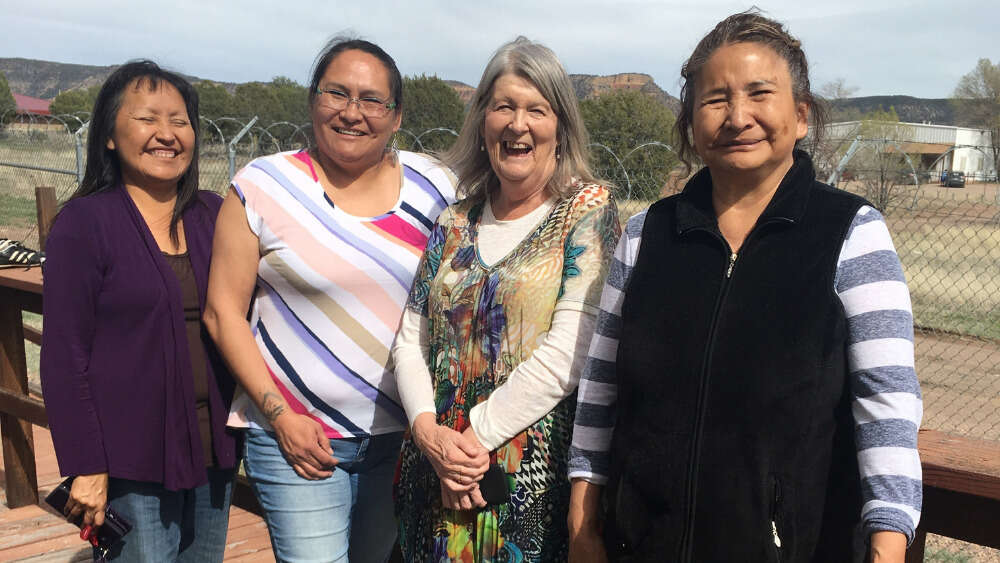At 75, I went to live with Native American tribes
The extraordinary journey that changed Julie’s worldview and faith
At age 70, Julie Reynolds began studying at Bible college.
At 75, she joined missionary organisation Pioneers and left Sydney, bound for Arizona in the USA. There she spent five years living and working among Native American tribespeople.
“I loved it. And I would still be there if I hadn’t fallen sick,” Julie, now 81, tells Eternity from her Sydney home, where she returned after contracting a lung disease.
“I came back because there was no way that I could afford to take out American [health] insurance … But then, not that very long afterwards, COVID started. So let’s just say, God goes before you.”
Julie adds: “But I miss [my connections there] very much. I wish I’d been able to stay longer.”
So how did Julie end up in this unlikely destination in a later stage of life?
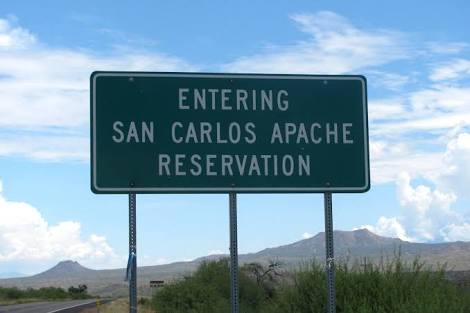
A lifelong love
“When I was a little girl at school, I learned about the Native Americans and what happened to them. We studied about them for a whole year. I think my geography teacher who taught us must have loved them as much as I do now. She had us fall in love with them as a people. I mean, the whole class was fascinated. At the same time, my English teacher was teaching us The Song of Hiawatha [the epic poem by Henry Wadsworth Longfellow].”
While Julie “never lost interest” in Native American peoples, it remained just an interest – until she reached a turning point in her life.
Julie’s marriage dissolved and her husband – who she came to Australia with from the UK in her mid-30s – returned to England. Her four children had all grown up and moved out of home, so Julie was living alone. At the time Julie was attending Christ Church Anglican Gladesville in northern Sydney. The church’s minister at the time, Phil Wheeler, suggested she study at Moore College.
“He said ‘I think it’d be fantastic for you,’” recalls Julie, adding, “I didn’t think for one minute I would get in because in those days there were four interviews to get in. But I did, much to my surprise, and I’ve never regretted it.” (As an aside, Julie notes that she was not the oldest in the class: “The lady who sat next to me most of the time was 83. So she made me feel quite like a young chick, really!”)
While at college, Julie was put in touch with Pioneers. “The next thing I knew, I was on my way to America to meet the Lakota people who I studied about when I was at school, aged about 11 or 12.”
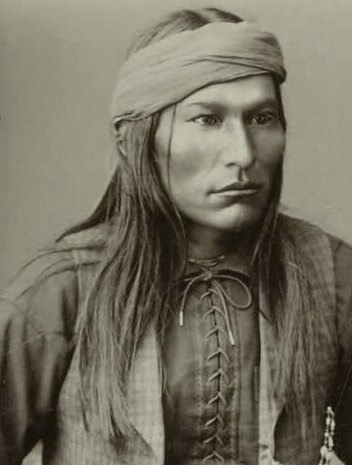
Naiche – son of famous Apache chief Cochise – who reportedly became a Christian (photo taken in the 1880s) Wikimedia Commons1 License
Unfortunately, the missionary team going to South Dakota to work among the Lakota tribespeople collapsed before it began. Julie ended up spending two years working as a secretary for the Indian [Native American] Bible College. Then, an opportunity arose to join a team planning to work among the Western Apache tribes on two reservations (land allotted to Native American tribes by the US Government) in southern Arizona.
Fort Apache reservation houses 12,500 people (of the White Mountain Apache nation) and San Carlos reservation has a population of almost 11,000. Together, these two tribes are collectively known as the Western Apache peoples, who refer to themselves as Indeh.
Julie moved to Globe, a town situated between the two reservations. She spent her days working in a crisis pregnancy centre, Living Hope Center at Fort Apache Reservation, where she helped women struggling with parenting issues. Here she also became close friends with three Christian Apache women working there (and who are still in contact with her; they call her “Mumma”).
Julie also helped run a weekly ‘Celebrate Recovery’ group in town – a Christian 12-step program for those “struggling with hurt, pain or addiction.”
“A lot of people who are not Christian used to come to it, including people from the reservations. So that gave us our opportunity to talk to them about faith,” she says.
In addition, Julie studied Apache history, attended community events, visited local churches, and visited a coffee shop on one of the reservations every day, to chat with locals.
“We were so well taught about how not to be an old-fashioned missionary …” – Julie Reynolds
Julie says her focus was on simply listening and building relationships.
“There was a little bit of a tendency [among those on the reservations] to be a bit suspicious of white people who hang around them. You’ve got to have to good reason for doing that, which is so understandable. I mean, we brought that on ourselves,” Julie explains, referring to the historical treatment of Native Americans, which is similar to that of Australia’s First Nations peoples.
She continues: “Missionaries have such a bad name with Native Americans. They have all sorts of things to say about how Christianity came. Not so much the Apache, but some other tribes used to say Christianity came with the Bible in one hand and a gun in the other, which is pretty much true.
“The wonderful thing is we were so well taught about how not to be an old-fashioned missionary – to go in as learners, not going in thinking you’re going to solve all their problems and tell them what to do because you’re white and you’ve got education, or whatever.
“So we went in as learners and they were only too happy then to take you under their wing.”
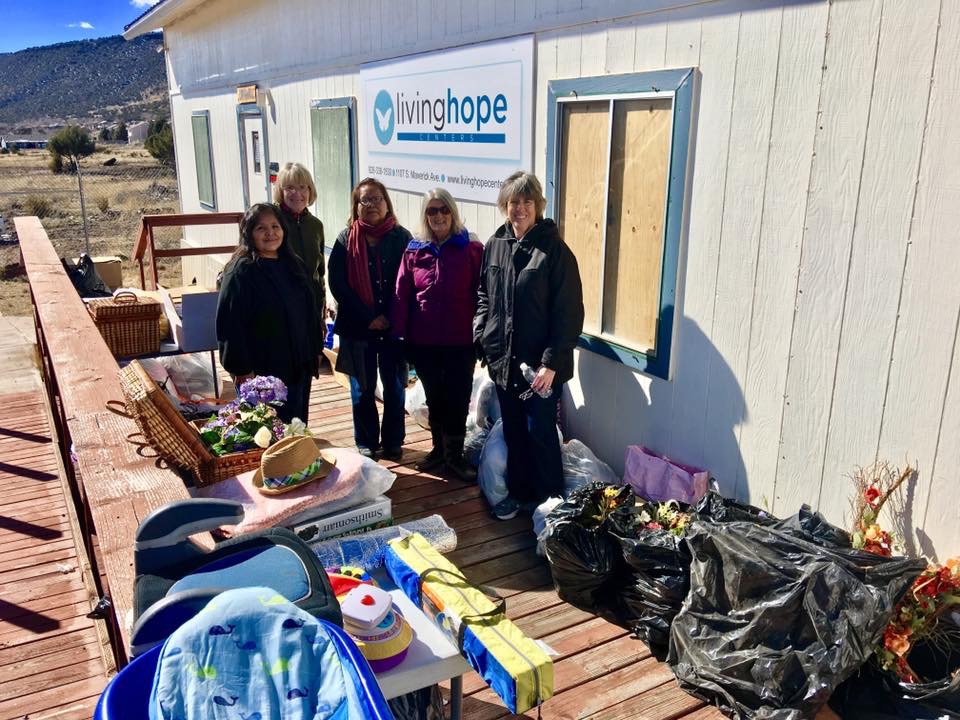
Julie (fourth from left) and the team at Living Hope Center receive donations from a church in eastern US
Learning about the Apache peoples
Julie describes the Apache peoples she met: “They love children. They are very community minded, not individualistic like we are, so everything is for everybody, and everybody is a cousin or an aunty or an uncle. And your mother is your mother, but your aunt is your mother as well. It’s a real conglomeration of family.”
Julie was blown away by the creativity of the Apache peoples. “Once a year in October, they would have an Apache day, called Apache Ji. The town of Globe – which was about seven minutes’ drive from the border of one reservation – would close down the whole main street and all the Apache people and Navajo people would bring out their handicrafts to sell – wonderful jewellery and beadwork, baskets, clothes. They would also serve their food and perform dances.”
“I didn’t know one [Apache person] that wasn’t artistically gifted. It’s amazing. There wasn’t one that couldn’t draw beautifully or paint beautifully. They are so creative.”
She was also pleasantly surprised by the sense of humour inherent among many people she met – which is so unlike the stern, “wild warriors” portrayed in Hollywood movies.
“I wasn’t expecting their sense of humour, which is extremely like an Australian sense of humour; if they really like you, they give you a really hard time – teasing you but with their affectionate nature.”
“I’ve never had so many hugs in all my life from everybody! They are a very ‘huggy’, touchy, feely people, which I was not expecting.”
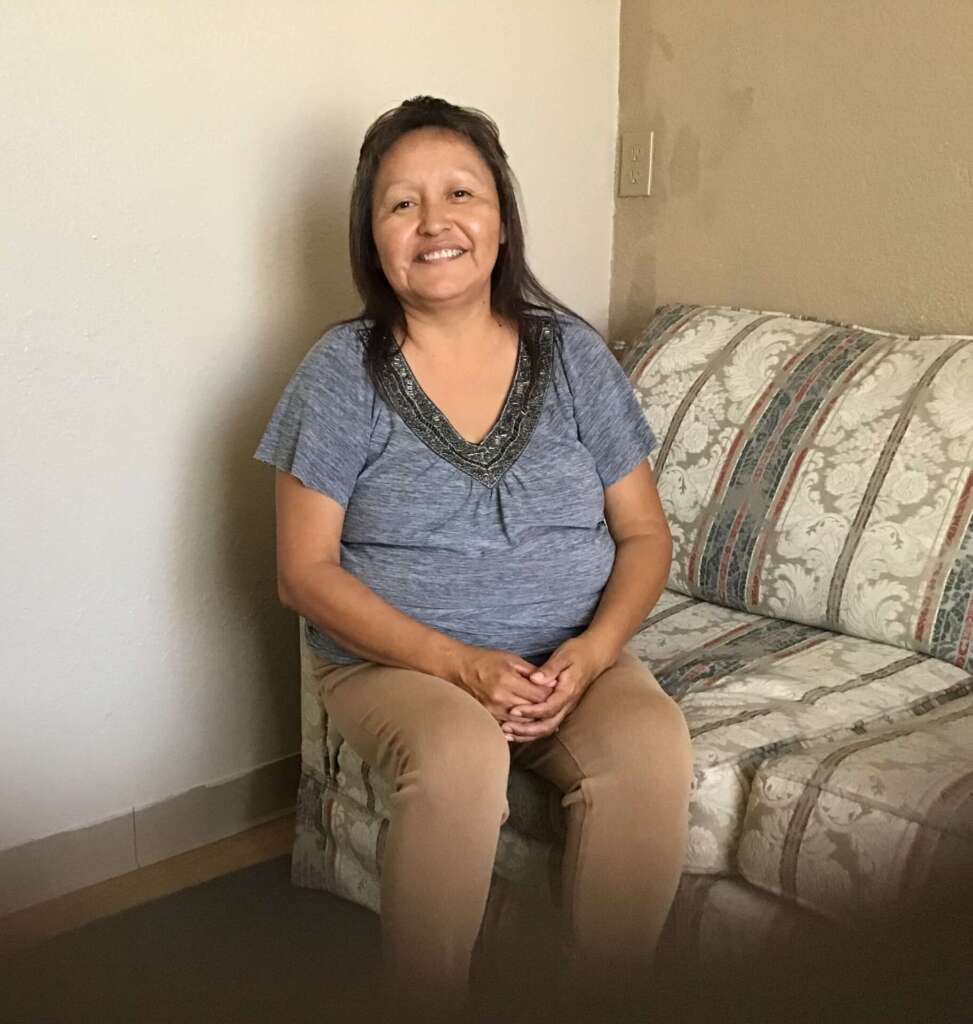
On the downside, Julie describes the real challenges experienced by many Native American peoples: “White culture has not been good for them. There’s a huge number of people who are addicted to alcohol and drugs because that was introduced to them – whisky was used as a way to manipulate them in the past. They have historical trauma. Diabetes is rampant, as their traditional way of eating has been taken over by introduced commodities.”
“I’m really generalising here,” Julie adds, “but too many [Apache] people are living like that to be a good thing for the tribe. They do try to address it, but it’s really difficult because they don’t have much. Some of the houses they live in were built in the fifties and they’re falling down. Sometimes up to 20 people are living in one house with two bedrooms. It’s pretty basic.”
In addition, there is a lack of educational opportunities among some Apache people, creating a need for the parenting resources offered at the centre where Julie served.
As Julie mentioned, missionary input into the lives of Apache peoples has not always been beneficial. Now, she notes the strong Mormon presence on the reservations, with only a few solidly biblical-based Christian churches.
“There are lots of small, family churches. So people outside the family are not necessarily that welcome. There are also quite a lot of churches still run by white people, who perhaps are a little bit legalistic – so, you do the right thing and God will bless you,” says Julie.
The reservations are also still lacking modern translations of the Bible in the Apache language. Many worshippers still use the old King James Version.
Other lessons to savour
Julie says her time living and working among the Apache peoples has broadened her perspective and her faith.
“I think certainly I’m far less judgemental than I was. God has really worked on that in me. I’m more accepting that people are completely different from us and their validity is exactly the same as ours – they’re made in the image of God, just as we are.”
“I like to think about it as God’s love letter to all of us.” – Julie Reynolds
“And just because we do things in a particular way, that is not the only way to do them … I probably became less legalistic, which is a good thing. It’s easy to think your way is always the right way, especially as a Westerner who has been through Bible college. But there are lots of different ways of looking at things and God is so huge-hearted.”
Another outcome for Julie in visiting this far-flung place and culture is to value God’s word even more.
“More than anything since I’ve been on the mission field, scripture has been even more important to me. So often it is so apt. If you’re going through something and you’re reading the scriptures, it addresses that situation so clearly. And everybody – from everywhere – has that same experience. That’s extraordinary.
“Scripture has everything for everybody that we ever need. I like to think about it as God’s love letter to all of us.”
Email This Story
Why not send this to a friend?
